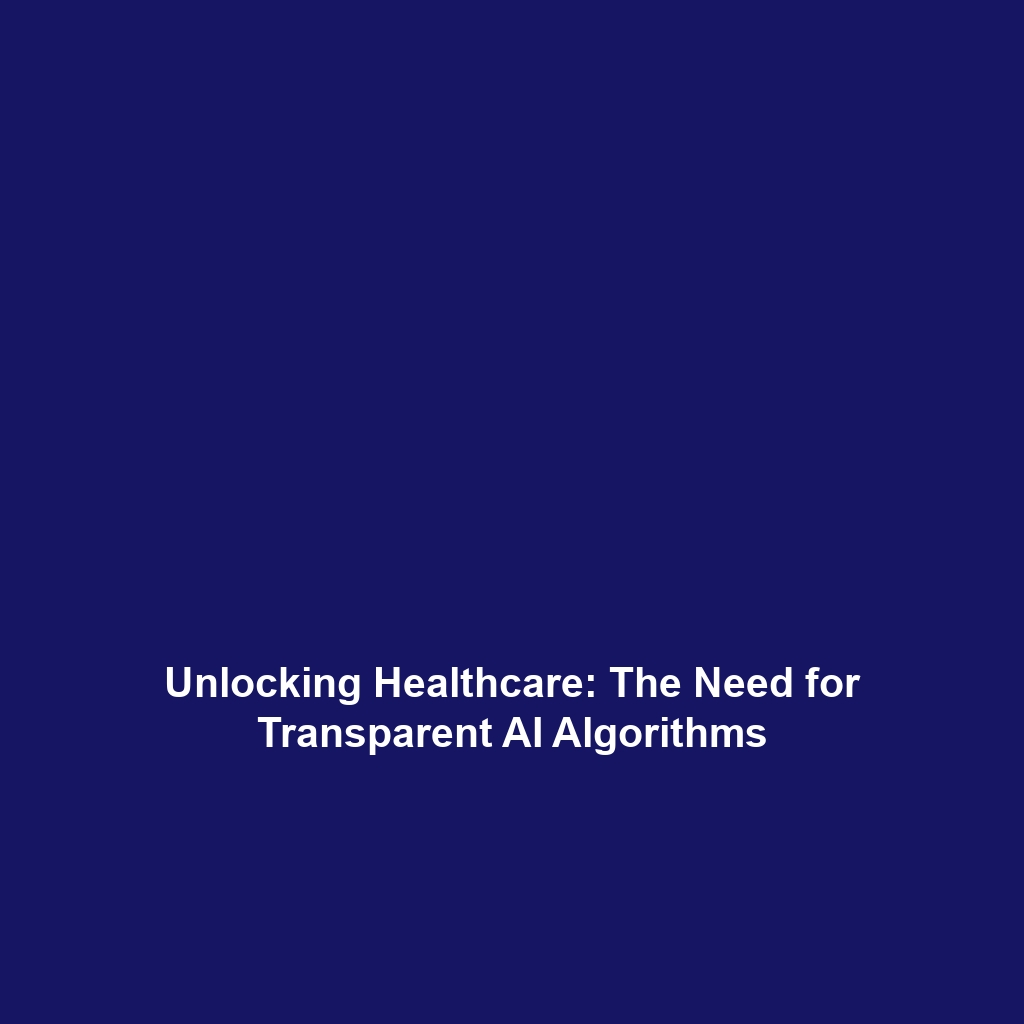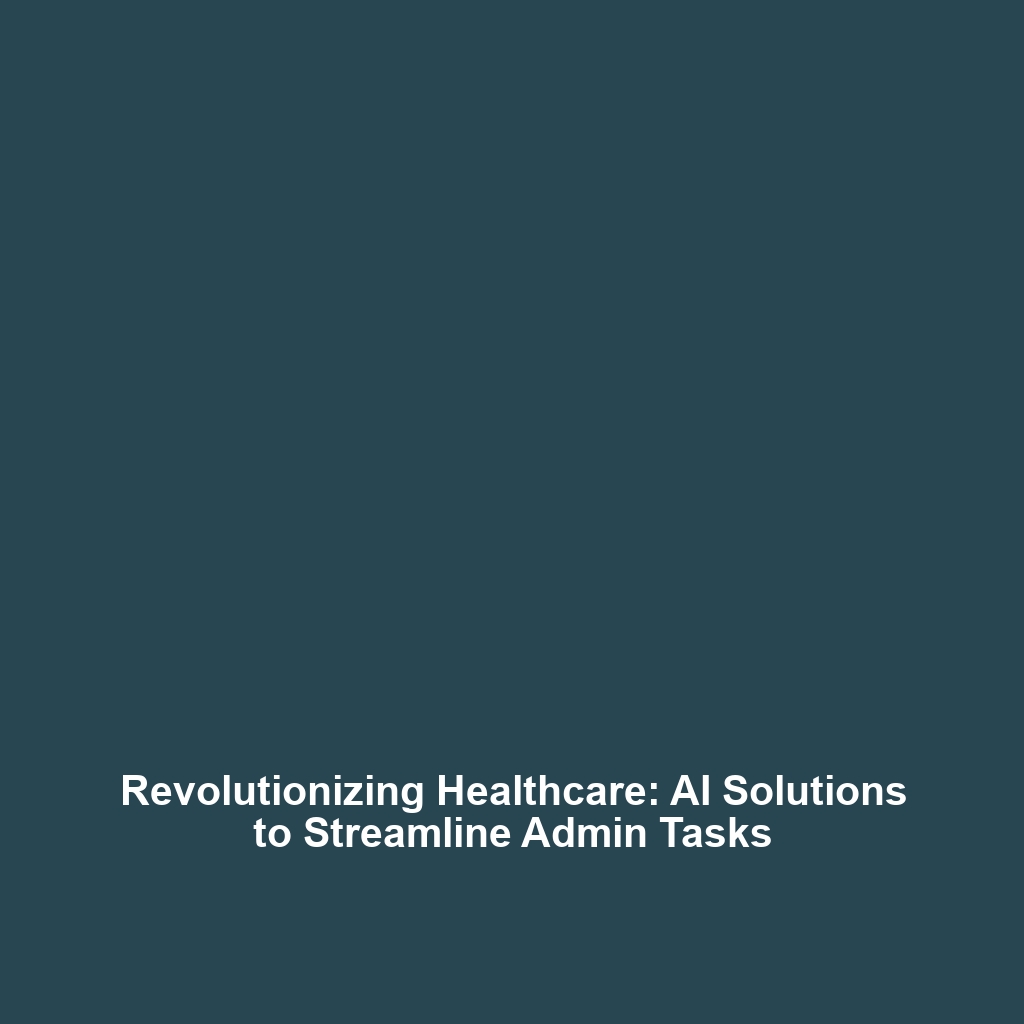The Future of Fully Autonomous Surgical Robots
Introduction
The future of fully autonomous surgical robots represents a groundbreaking advancement in the field of healthcare technology. As autonomous robots continue to evolve, the integration of artificial intelligence and robotics will transform surgical procedures, offering improved precision and patient outcomes. The implications of this technology extend beyond mere efficiency; they also herald a new era of personalized medicine. This progression will ultimately reshape how we understand surgery, highlighting the importance of these innovations within the broader context of autonomous robots.
Key Concepts
Understanding the future of fully autonomous surgical robots requires familiarity with several key concepts:
1. Autonomous Robotics in Surgery
Fully autonomous surgical robots operate with minimal human supervision, utilizing advanced algorithms and real-time data to make surgical decisions. This capability is essential in high-stakes environments where precision is paramount.
2. Artificial Intelligence Integration
The incorporation of AI allows these robots to learn from vast datasets, enhancing their accuracy and safety in performing complex surgical tasks, thus fitting seamlessly into the category of autonomous robots.
Applications and Real-World Uses
The integration of fully autonomous surgical robots is already occurring across various medical disciplines:
- Minimally Invasive Surgery: These robots allow for surgeries with smaller incisions, leading to reduced recovery times.
- Remote Surgery: Surgeons can operate on patients from great distances, which is particularly useful in emergency situations or in underserved areas.
- Precision in Complex Procedures: Advanced capabilities enable robots to perform intricate procedures that require a level of precision beyond the human hand.
These are just a few examples of how fully autonomous surgical robots are used in the category of autonomous robots, which elevates surgical practice to unprecedented levels.
Current Challenges
Despite promising developments, several challenges remain in the deployment and study of fully autonomous surgical robots:
- Regulatory Hurdles: Navigating the approval processes for new robotic technologies can be complex and time-consuming.
- Safety and Ethical Concerns: Ensuring the safety of surgical robots involves extensive testing and continuous monitoring.
- High Costs: The development and maintenance of these robotic systems may be prohibitive for many healthcare facilities.
Addressing these challenges is essential to fully realize the potential of autonomous robots in surgical applications.
Future Research and Innovations
Looking ahead, research in fully autonomous surgical robots is poised to revolutionize healthcare:
- Next-Gen AI Algorithms: Ongoing advancements are anticipated in AI that could enhance decision-making processes during surgery.
- Teleoperation Technologies: Innovations in teleoperated robotics may further enable remote surgical procedures.
- Collaboration Between Robotics and Medicine: Interdisciplinary research is essential to ensure technological developments align with medical needs.
These developments promise to shape the future landscape of autonomous robots and their applications in surgery.
Conclusion
In summary, the future of fully autonomous surgical robots stands at the intersection of robotic innovation and healthcare advancement. As this technology continues to evolve, its significance in the broader category of autonomous robots grows, offering transformative potential for surgical procedures. As we look to the future, further research and ethical means of integration will be crucial to ensure these technologies can be effectively and safely deployed. For more insights, explore our articles on surgical robotics and autonomous robot innovations.

